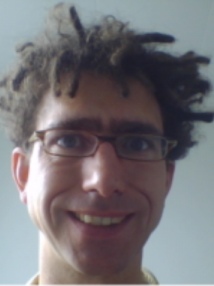BibTex format
@article{Calado:2016:10.1038/ncomms13831,
author = {Calado, P and Telford, AM and Bryant, D and Li, X and Nelson, J and Barnes, PRF},
doi = {10.1038/ncomms13831},
journal = {Nature Communications},
title = {Evidence for ion migration in hybrid perovskite solar cells with minimal hysteresis},
url = {http://dx.doi.org/10.1038/ncomms13831},
volume = {7},
year = {2016}
}

